A recent study has raised alarms regarding the widespread use of food dyes in various products, linking them to potential health risks. As consumers become more health-conscious, food industry operators must address these concerns to maintain trust and compliance.
Food dyes have long been a staple in the food industry, enhancing the visual appeal of products ranging from candies to beverages. However, a new study has sparked debate over the safety of these additives, suggesting that certain synthetic dyes may be linked to adverse health effects such as hyperactivity in children and potential carcinogenic risks. As consumers increasingly prioritize health and wellness, the implications for food manufacturers are significant.
tldr:
- New study links food dyes to potential health risks.
- Consumers are demanding cleaner labels and transparency.
- Natural alternatives to synthetic dyes are gaining popularity.
- Major brands are reformulating to eliminate artificial colors.
- Industry collaboration is essential for better safety standards.
The study, which analyzed various food products containing synthetic dyes, found concerning levels of certain chemicals that have been banned or restricted in several countries due to health risks. In the United States, the FDA continues to approve many of these dyes, but growing public awareness and advocacy for cleaner labels are putting pressure on food companies to reconsider their ingredient choices.
Industry experts suggest that food operators should proactively assess their use of artificial colors and consider natural alternatives. Ingredients such as beet juice, turmeric, and spirulina extract not only provide color but also cater to the rising demand for transparency and health-oriented products. As regulations may tighten, companies that adapt early can gain a competitive advantage.
In response to these findings, several major food brands have already begun reformulating their products to eliminate artificial dyes. This shift reflects a broader trend towards clean labeling and transparency in food production. As consumers demand more ethically sourced and health-conscious options, manufacturers must stay ahead of evolving market preferences.
Moreover, food industry stakeholders are urged to engage in dialogue with regulatory agencies to advocate for clearer guidelines on food dye usage. Collaboration between food producers, health experts, and consumers can lead to enhanced safety standards and better-informed choices in the marketplace.
As the conversation around food safety continues to grow, the industry’s response will be critical in shaping future regulations and consumer trust. Companies that prioritize consumer health and adapt to these changes will likely see positive impacts on their brand reputation and market share.
Source: time.com. Read the original:
https://time.com/7299721/what-foods-have-food-dye/.

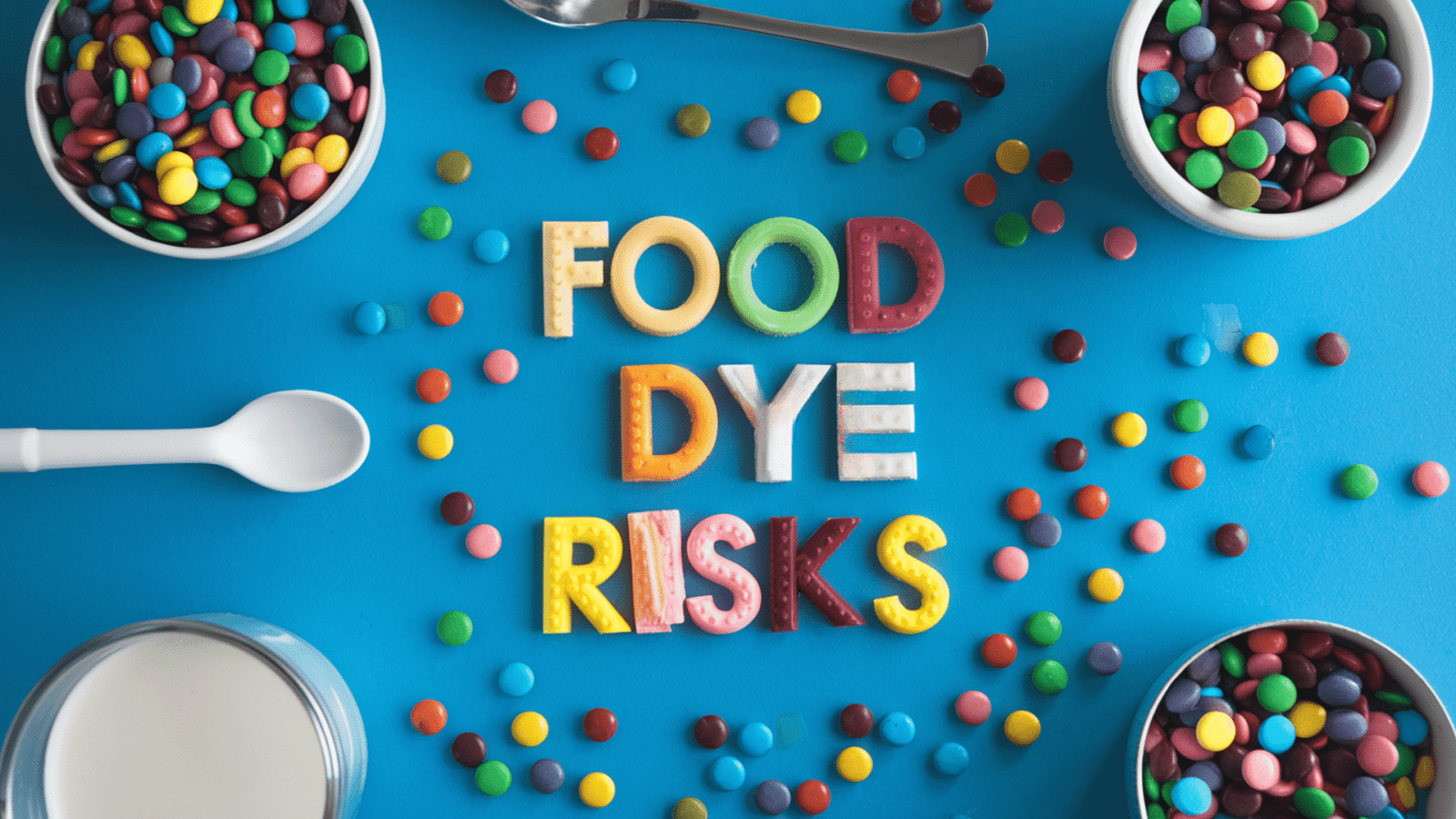
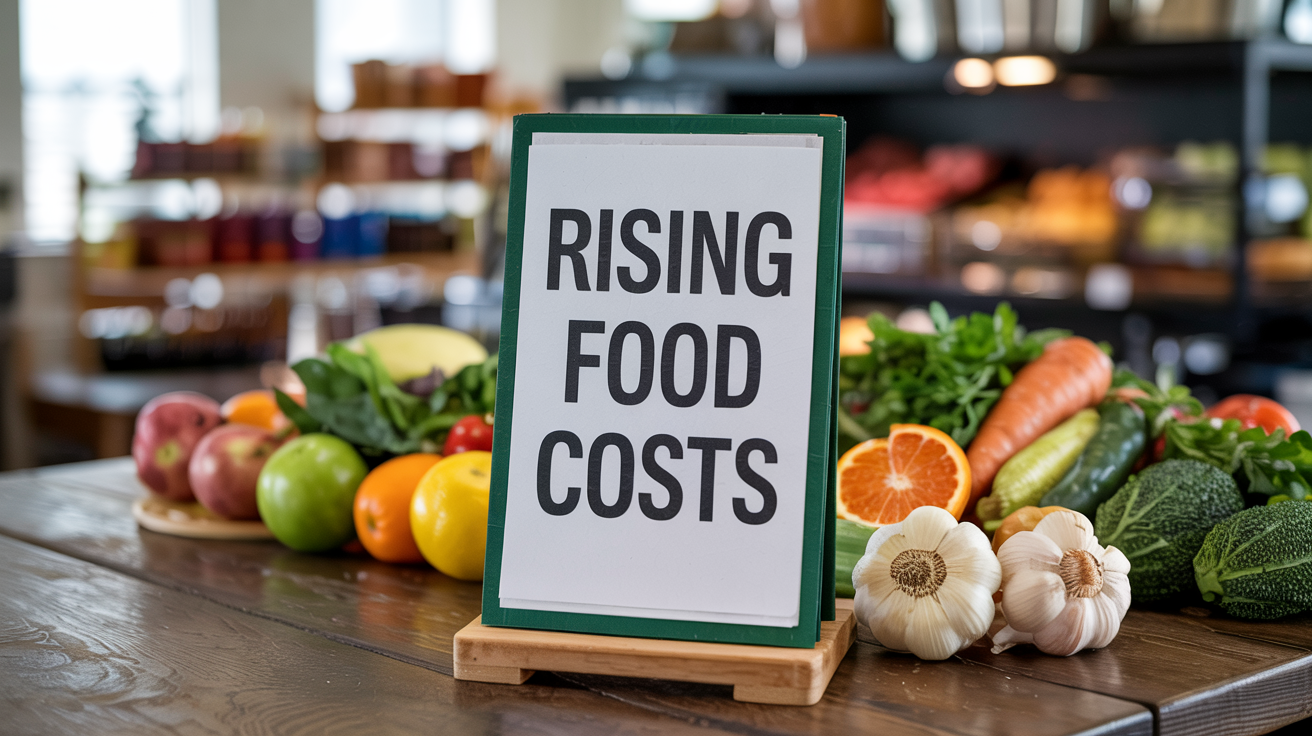
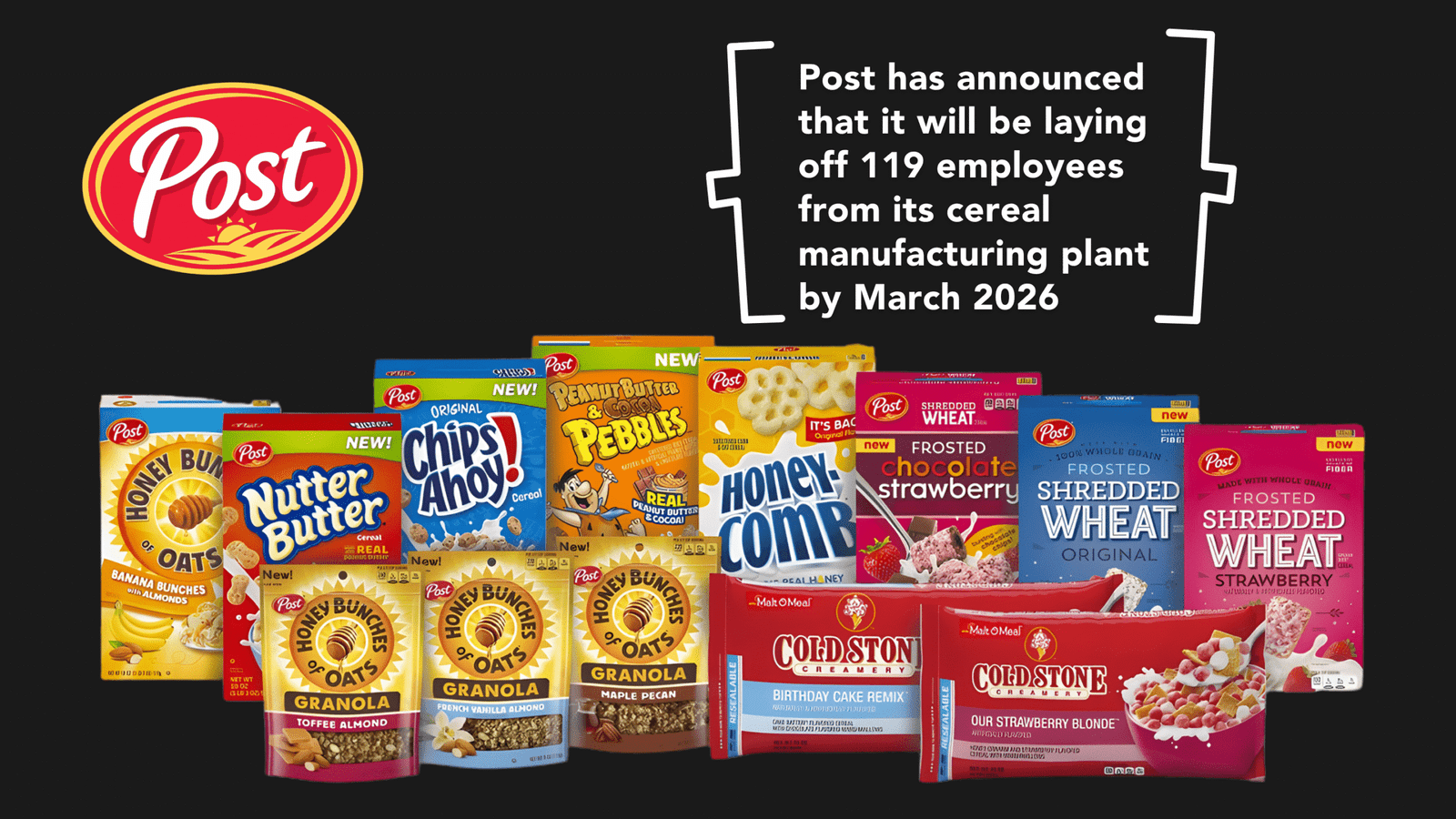
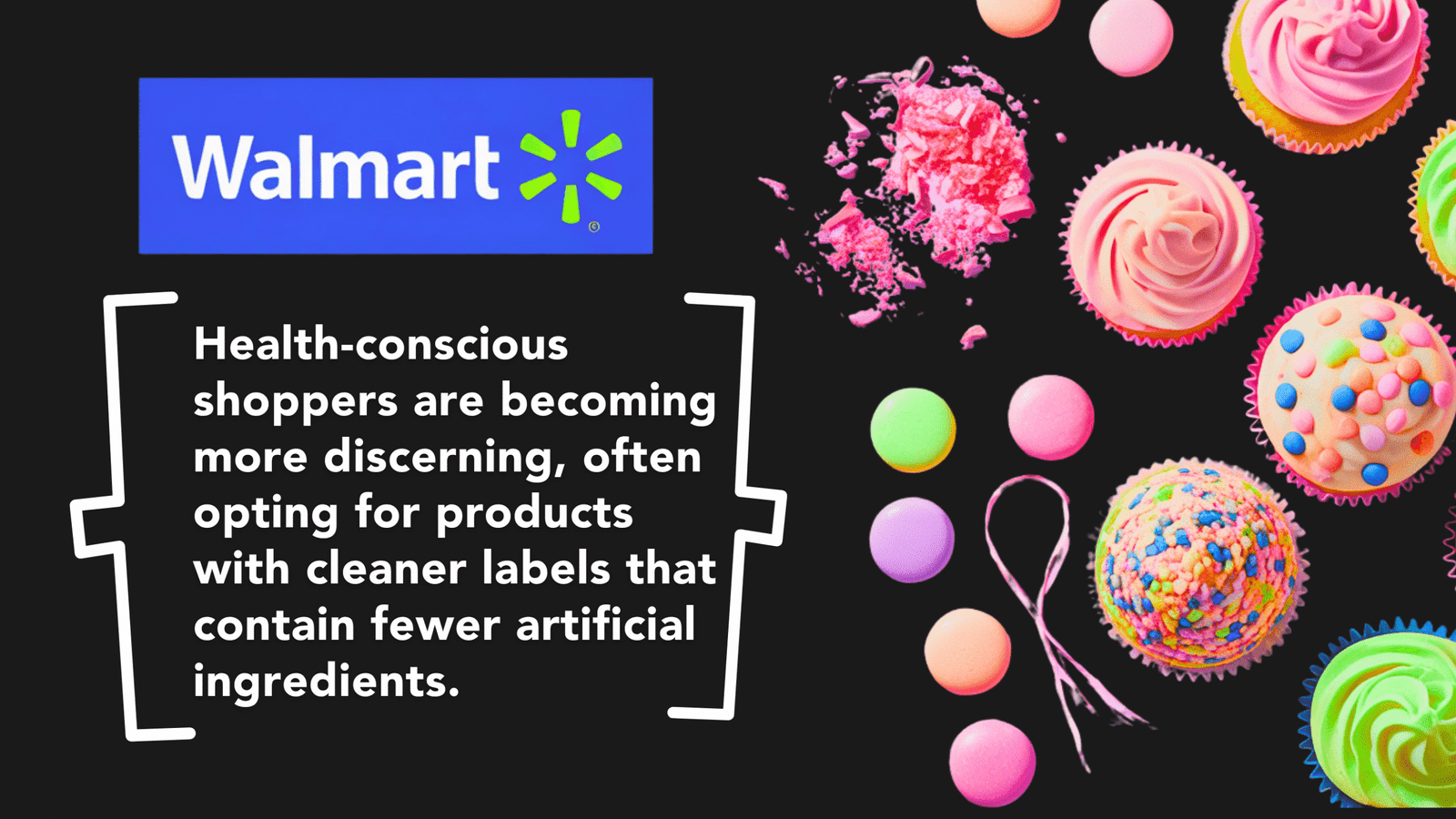


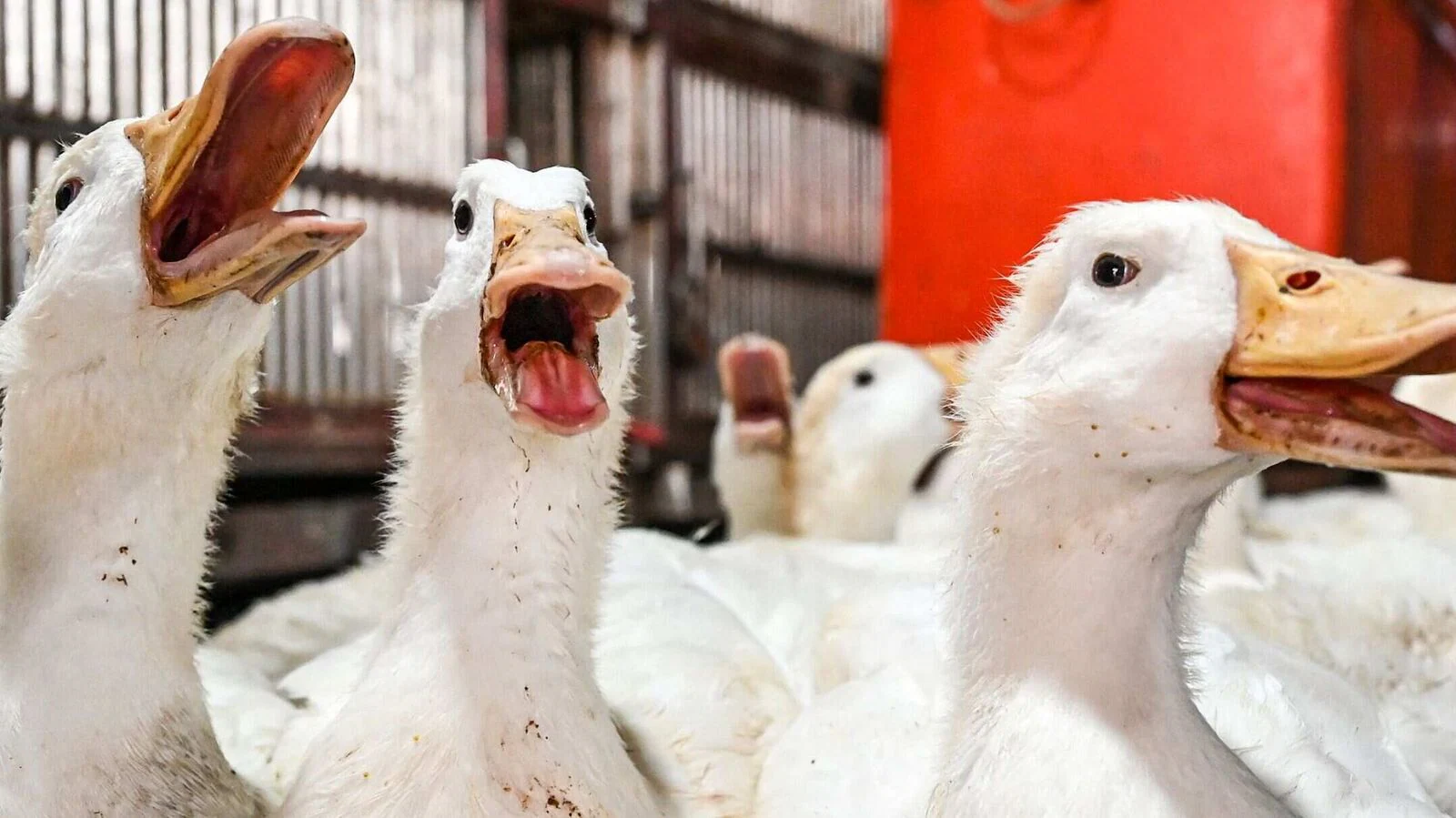
Leave a Reply